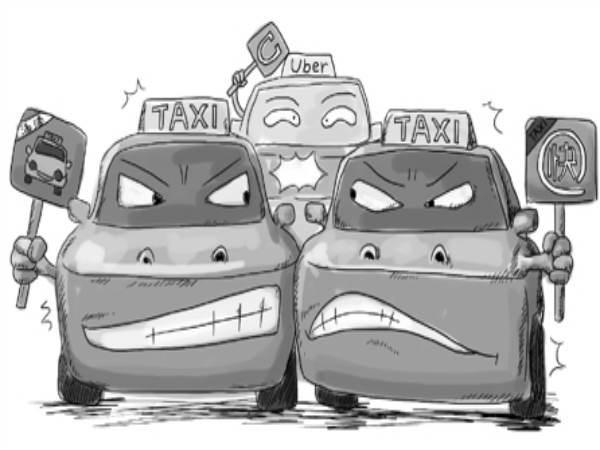
Uber China finished nearly US$1 billion financing from Baidu, China Credit Bank, and other large enterprises in China, which made its valuation approximately US$7.5 billion. However, this hasn’t been confirmed by Uber. Uber has also been financing, and the current valuation is about US$51 billion, surpassing the Chinese mobile phone manufacturers Xiaomi to be the world’s highest valuation of private companies.
Currently, Uber business has expanded to more than 300 cities worldwide with growing popularity; and it transports millions of passengers every day. In China, Uber covered 7 cities in July 2014, and it is expected to expand to 40 by the end of this year and 100 by the end of 2016. The total NPV (net present value) of Uber in China Shanghai, Huangzhou, and Shenzhen has been over US$9 billion.
China is an essential market to Uber, which may make up of about one-third of Uber’s total revenue by late 2015. After nearly two years of accumulations, Uber began to increase in monthly total orders and active users; and the growth rates of those are both about four to five times compared to the global market.
Uber utilizes the popularity of smartphones and GPS positioning to provide a platform for car owners and users, and extracts commissions from orders to gain profits. However, in China, private cars who carry for charges without corresponding operational documents would be considered illegal and would be strictly supervised by Chinese transport control department as the “black car”. Thus after entering China, Uber had to cooperate with car rental companies. Major rivals of Uber in China are Didi, Kuaidi, Shenzhou and Yidao. Didi and Kuaidi got a US$2 billion financing after combination with US$15 billion valuation.
During the rapid expansion, the share model is facing global challenges, including China. The company’s business in China has encountered some regulatory resistance and some conflicts with local taxi industry. Problems such as huge losses, excessive car fare subsidies, scalping, fraud transaction, too much reliance on low-cost marketing, loose verification of the driver and vehicle, and so on, are all existing problems faced by Uber. By reducing the allowance of drivers, fraud orders have decreased; however, to maintain continuous growth, Uber is suggested to further localize its management group to win 50% of the Chinese market and keep healthy and reasonable competition.
Also read:China’s Mobile Car Calling Market from 2014 to 2015